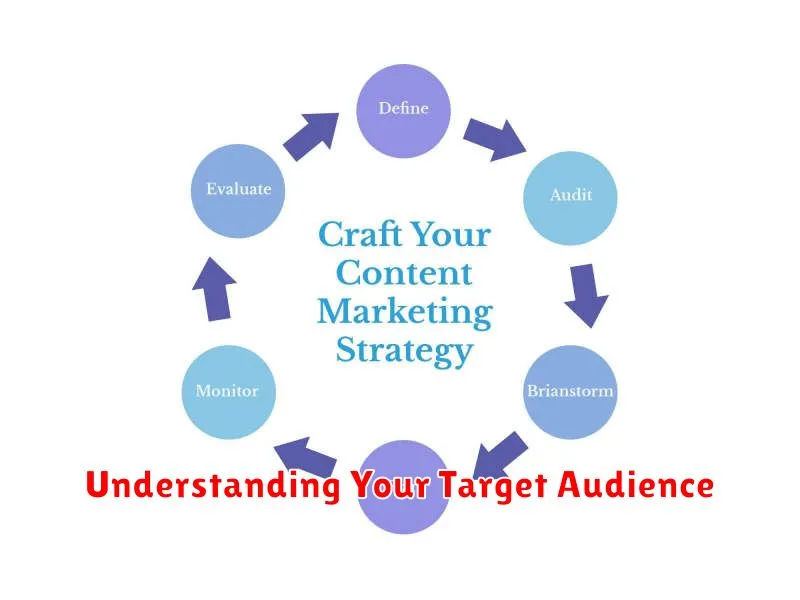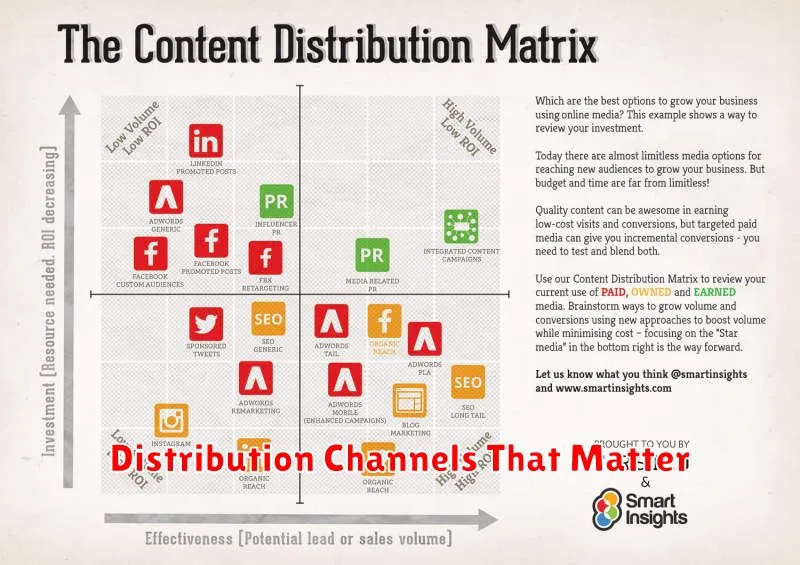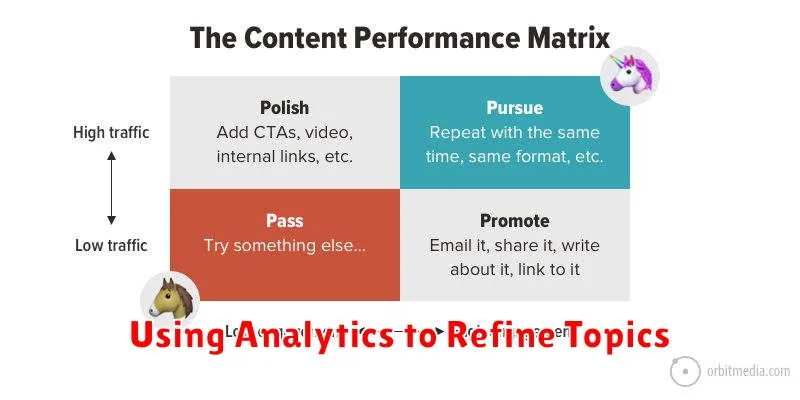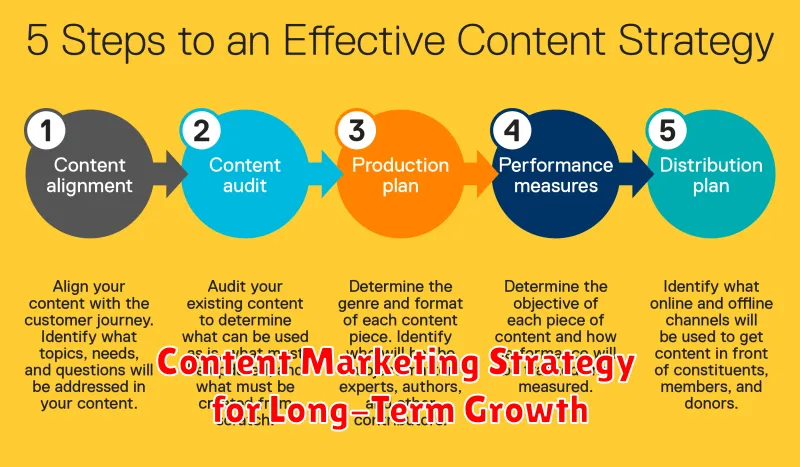Developing a robust content marketing strategy is essential for achieving long-term growth. It’s more than just creating blog posts or social media updates; it’s about building a sustainable system for attracting, engaging, and retaining your target audience. A well-defined content marketing strategy provides a roadmap for creating valuable, consistent content that resonates with your audience, builds brand authority, and ultimately drives long-term growth and profitability.
This article will explore the key components of a successful content marketing strategy designed for sustained long-term growth. We’ll cover topics such as defining your target audience, establishing clear content pillars, developing a content calendar, measuring your results, and adapting your strategy based on performance data. By implementing the strategies outlined here, you can leverage the power of content marketing to build a loyal audience, drive conversions, and achieve sustainable long-term growth for your business.
What Makes Content Marketing Effective
Effective content marketing hinges on delivering valuable and relevant content to a targeted audience. This means understanding your ideal customer’s needs, pain points, and interests, and creating content that addresses those specifically. Instead of overtly promoting your brand, focus on providing information, education, or entertainment that genuinely benefits the reader. This builds trust and establishes your brand as an authority, making your audience more receptive to future interactions.
Consistency is also crucial. Regularly publishing fresh, high-quality content keeps your audience engaged and reinforces your brand presence. A consistent content schedule helps build anticipation and fosters a loyal following. This can involve various formats, such as blog posts, articles, videos, infographics, or podcasts, depending on your audience’s preferences and the nature of your business.
Finally, measurable results are essential to determining the effectiveness of your content marketing efforts. Track key metrics such as website traffic, engagement (likes, shares, comments), lead generation, and ultimately, conversions. Analyzing this data will provide insights into what’s working, what’s not, and how to refine your strategy for optimal performance.
Understanding Your Target Audience

Defining your target audience is crucial for effective marketing and communication. It involves identifying the specific group of people most likely to be interested in your product or service. Understanding their demographics (age, gender, location, income, education, etc.), psychographics (lifestyle, values, interests, attitudes), and buying behaviors allows you to tailor your messaging, choose appropriate channels, and ultimately, increase your chances of success.
Target audience research helps you focus your resources and avoid wasted efforts. Instead of trying to reach everyone, you can concentrate on those individuals who are most likely to convert into customers. This targeted approach can lead to higher engagement, improved brand loyalty, and a stronger return on investment.
By deeply understanding your target audience’s needs, motivations, and pain points, you can create marketing campaigns that resonate with them on a personal level. This understanding enables you to craft compelling content, address their concerns, and offer solutions that truly meet their requirements.
Building a Content Calendar
A content calendar is a strategic tool used to plan and schedule upcoming content. It provides a centralized platform to organize and manage content creation, ensuring consistent output and a cohesive brand message across various platforms. By outlining topics, deadlines, and distribution channels, a content calendar helps streamline the content creation process, making it more efficient and effective.
Developing a content calendar involves several key steps. First, define your target audience and their content needs. Next, conduct keyword research to identify relevant topics and optimize content for search engines. Then, choose suitable content formats, such as blog posts, videos, or infographics, based on your audience and platform. Finally, establish a posting schedule and assign responsibilities to team members.
A well-maintained content calendar offers numerous benefits. It facilitates consistent brand messaging, improves search engine optimization (SEO), and allows for strategic content promotion. It also enables better resource allocation and performance tracking, empowering you to refine your content strategy based on data-driven insights.
Types of Content That Perform Well
High-quality, engaging content consistently performs well regardless of platform. This includes content that is informative, entertaining, or inspiring. Informative content provides valuable knowledge or insights to the audience. Entertaining content captivates and amuses, while inspiring content motivates and uplifts. The key is to understand your target audience and create content that resonates with their interests and needs.
Several specific content formats tend to perform particularly well. Visual content, such as videos and infographics, is highly shareable and easily digestible. Interactive content, like quizzes and polls, encourages audience participation and boosts engagement. Long-form content, such as in-depth articles and blog posts, can establish authority and provide comprehensive information on a given topic.
Finally, authentic and original content tends to stand out. Audiences value genuine voices and unique perspectives. Copying or simply rehashing existing content rarely generates significant engagement. Focus on creating content that offers a fresh take or provides new insights. By prioritizing quality, relevance, and authenticity, you can maximize the impact and reach of your content.
Distribution Channels That Matter

Choosing the right distribution channels is crucial for reaching your target audience and achieving business goals. A distribution channel is the path your product or service takes to reach the end consumer. Effective channels ensure your offerings are readily available and accessible where your customers prefer to shop. This could include direct channels like your own website or retail store, or indirect channels such as marketplaces, wholesalers, or retailers. Understanding your customer’s buying habits and preferences is key to selecting the most effective distribution strategy.
There are various factors to consider when evaluating distribution channels. Cost is a primary concern, encompassing expenses like warehousing, transportation, and any commissions or fees. Control over the customer experience is another important factor. Direct channels offer greater control over branding and customer interactions, while indirect channels may sacrifice some control for broader reach. Finally, coverage, or the extent to which the channel reaches your target market, is essential. Finding the optimal balance between cost, control, and coverage is vital for maximizing your return on investment.
By carefully analyzing these factors, businesses can develop a robust distribution strategy that drives sales and builds strong customer relationships. Selecting the channels that align best with your target market, product characteristics, and business objectives will ultimately determine the success of your distribution efforts.
SEO and Evergreen Content
SEO (Search Engine Optimization) is the practice of improving a website’s ranking in search engine results pages (SERPs). Higher rankings lead to increased organic traffic. Evergreen content is content that remains relevant and valuable over a long period, unlike trending topics that quickly become outdated. By creating evergreen content, websites can attract consistent organic traffic over time, building a sustainable source of visitors.
The benefits of combining SEO with evergreen content are numerous. Evergreen content attracts consistent traffic, builds authority in a specific niche, and offers long-term ROI on content creation efforts. When optimized for relevant keywords, evergreen content can rank highly in search results for extended periods, continually driving traffic to a website and establishing its expertise.
Creating effective evergreen content involves focusing on topics that remain relevant regardless of current trends. Examples include how-to guides, tutorials, resource lists, and encyclopedia-style entries. By targeting specific keywords with consistent search volume, and regularly updating and refreshing the content, websites can maximize the impact of their evergreen content strategy and achieve lasting SEO success.
Using Analytics to Refine Topics

Analytics provide crucial data for content refinement. By analyzing metrics like page views, bounce rate, time on page, and scroll depth, you can identify which topics resonate with your audience. High engagement metrics suggest successful topics, while low engagement may indicate a need for improvement or a different approach.
Use analytics to understand audience behavior. Identifying search terms used to find your content, demographics of your audience, and their preferred content formats can inform topic selection and refinement. This data allows you to tailor your content to better meet audience needs and interests, leading to increased engagement and reach.
Beyond identifying successful topics, analytics can also highlight areas for improvement. Low engagement metrics can signal a need to revisit existing content. You may need to adjust the title, rewrite sections for clarity, or incorporate different media to enhance the user experience. Consistent monitoring and analysis are key to optimizing content and maximizing its impact.
Repurposing Existing Content
Repurposing content involves taking existing content and adapting it for different formats or platforms to reach a wider audience or achieve a new purpose. This is a cost-effective and time-saving strategy that maximizes the value of your content marketing efforts. Instead of creating something entirely new, you’re leveraging what you already have and giving it new life.
There are many ways to repurpose content. A blog post can be turned into an infographic, a series of social media posts, or even a short video. Similarly, a webinar can be transcribed into a blog post or broken down into smaller video clips for social media. The possibilities are endless and depend on your target audience and the platforms they frequent.
By strategically repurposing content, you can increase brand visibility, reach new audiences, and reinforce key messages. It’s a valuable technique for any content creator looking to maximize their impact and get the most out of their existing work.
Content Promotion Tactics
Content promotion is essential for maximizing the reach and impact of your valuable content. It’s not enough to simply create high-quality content; you must actively work to get it seen by your target audience. Effective promotion helps drive traffic, generate leads, and build brand awareness. Ignoring this crucial step means your content might go unnoticed, wasting the time and effort invested in its creation.
Several tactics can help amplify your content’s visibility. Social media marketing is a powerful tool, allowing you to share your content across various platforms and engage directly with your audience. Email marketing lets you deliver content directly to subscribers’ inboxes, fostering a sense of community and driving traffic back to your website. Consider using paid advertising to expand your reach and target specific demographics. Influencer marketing can also be highly effective, leveraging the credibility and reach of influential figures in your industry.
In addition to these methods, exploring collaborations with other businesses or websites can broaden your audience. Guest blogging and participating in relevant online communities are also valuable strategies. Remember to track your results and analyze which tactics are performing best for your specific content and target audience. Consistent evaluation and refinement are key to successful content promotion.
Measuring ROI Over Time
Measuring Return on Investment (ROI) isn’t a one-time activity. It requires ongoing monitoring and analysis to accurately assess the long-term impact of your investments. Regular tracking allows you to identify trends, adjust strategies, and optimize performance. For example, a marketing campaign might show initial promise, but continuous ROI measurement reveals diminishing returns over time, prompting a necessary shift in approach.
The frequency of measurement depends on the nature of the investment. Short-term projects may require weekly or monthly tracking, while long-term investments, such as new equipment or facility expansions, might be assessed quarterly or annually. Regardless of the timeframe, establishing clear key performance indicators (KPIs) is crucial. These KPIs should be directly tied to your investment goals and allow for accurate and consistent measurement.
Analyzing ROI over time also involves considering external factors that might influence performance. Market fluctuations, economic downturns, or changes in consumer behavior can all impact the effectiveness of your investments. By accounting for these variables, you can gain a more comprehensive understanding of your ROI and make informed decisions about future investments.

